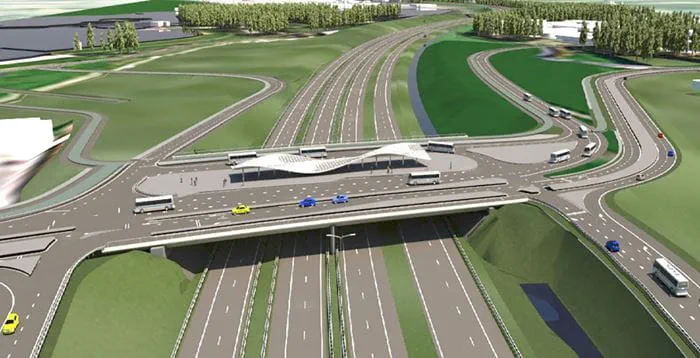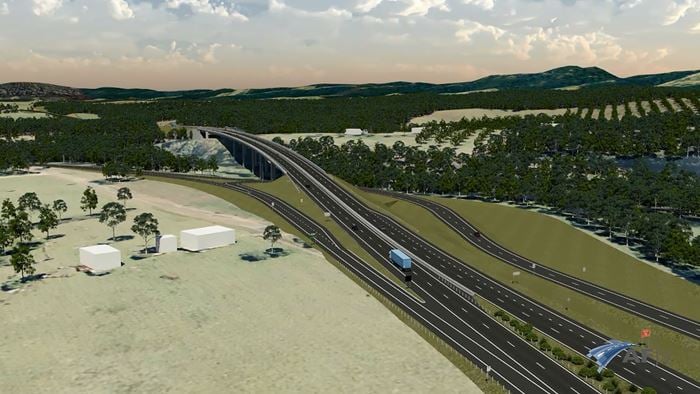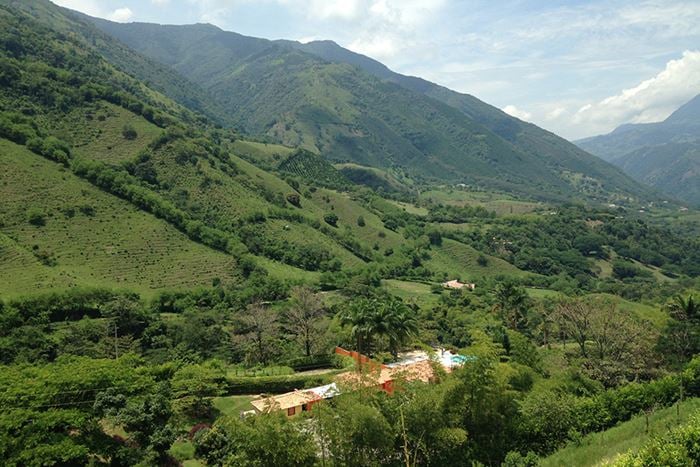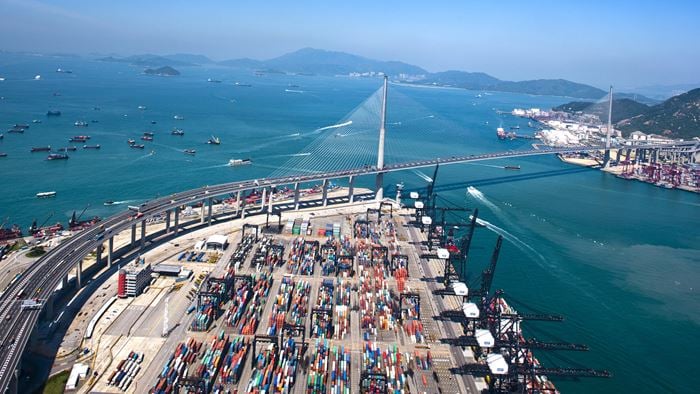Eco-zone bridge
Arup has undertaken the detailed design calculations for an exclusive and unique cable stayed eco-zone bridge. The 'Burgemeester Letschert-bridge' crosses the Wilhelmina Canal in Tilburg, located in the south of The Netherlands, and provides an eco-passage where water, nature and landscape interact.
Badgers, squirrels and frogs
The new bridge, designed in collaboration with Queeste Architects, is part of a larger scheme where several kinds of ecological connections are made, enhancing the diversity of fauna. The bridge allows animals, including badgers, squirrels and frogs, to cross to the other side of the canal. On the slopes and riverbanks low green cover guide the animals towards the bridge.
The structure is a cable-stay bridge with a single inclined pylon, and no back stays. There are four stays arranged in a modified fan configuration. The pylon is located to the north of the canal.
The bridge deck has two main spans; the northern span from the pylon to the intermediate support is 83m in length, with two twin-cable stay attachment points. The southern span is approximately 34m from the intermediate support to the southern abutment, with no cable stay attachments. The bridge deck consists of a steel box girder, with architectural cladding panels.
Arup is responsible for the detailed static design, the dynamic assessment and the precamber deflection calculations.
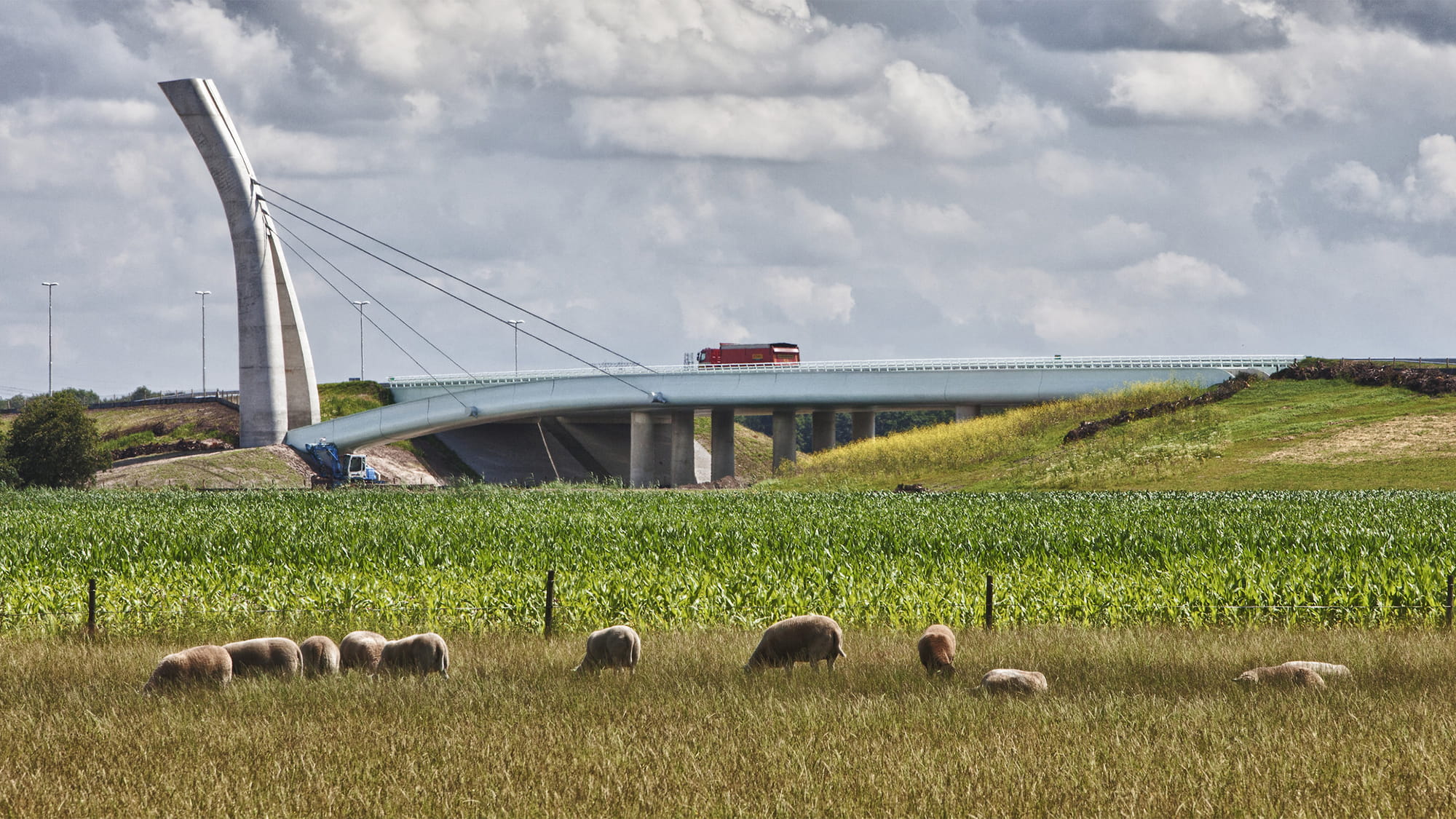 ;
;




